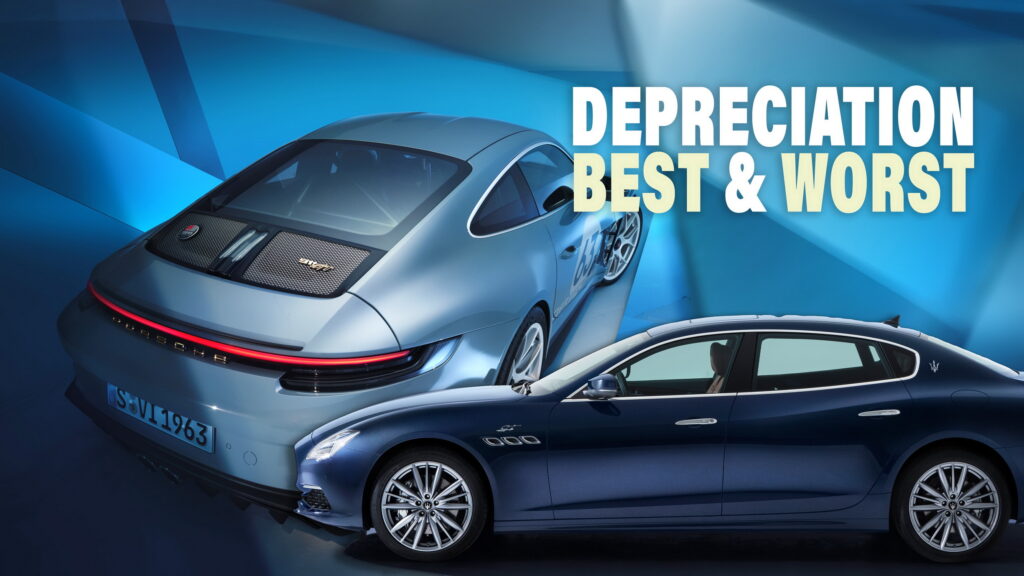The pandemic is still affecting the used car market, with production issues from a few years ago causing secondhand vehicle prices to remain high, even for older vehicles. It’s important to note that not all segments of the market are experiencing the same post-pandemic depreciation trends.
Before 2020, the average vehicle typically depreciated by approximately 50 percent of its value within the first five years on the road. However, thanks to a variety of factors, the average vehicle now retains about 38.8 percent of its initial price tag in that same time frame.
Hybrid vehicles (37.4 percent) and trucks (34.8 percent) are depreciating even less than the industry average, according to research from iSeeCars. Meanwhile, SUVs (41.2 percent) are performing worse, and EVs are among the worst-performing vehicles in the industry for depreciation, losing an average of 49.1 percent of their value in their first five years on the road.
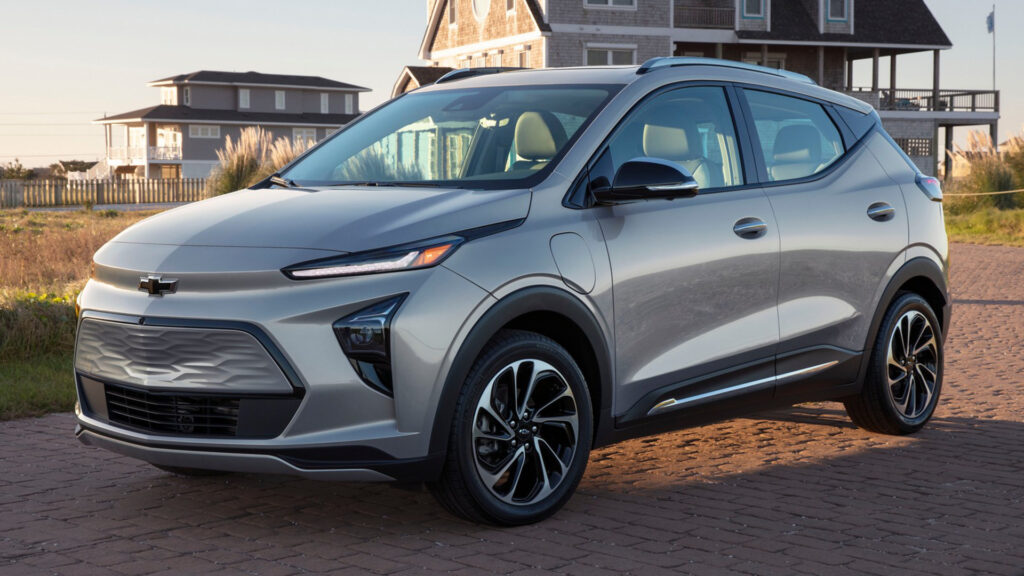
Ranking of EVs by 5-Year Depreciation
Since this study focused on five-year-old vehicles, it had a limited selection to consider, including the Tesla Model 3, Model X, Model S, Nissan Leaf, and the Chevrolet Bolt. Due to Tesla’s early adoption of EV technology, the company had a substantial influence on this segment. Consequently, its price reductions, combined with tax incentives, have contributed to the depreciation in the value of used vehicles. Additionally, iSeeCars points out that the unproven nature of aging EV technology also affects how much buyers are willing to pay.
Read: Forget EVs, It’s Hybrids That Are Really Switching People On To Electric Power
However, electric motors and batteries don’t necessarily mean low values. The strong demand for fuel-efficient vehicles is evident in the high resale values of used hybrids. On average, five-year-old hybrids depreciated by only 37.4 percent, with the Prius, the top-performing vehicle in this segment, losing just 27.9 percent of its initial value.
The Prius wasn’t the vehicle that retained its value the best; that honor goes to the Porsche 911 (coupe). Over the last five years, it has depreciated by just 9.3 percent. In fact, three Porsche vehicles are among the best-performing used vehicles in the industry, indicating a consistent and robust demand for the brand’s premium sports cars.

Top 25 Vehicles With the Lowest 5-Year Depreciation
However, Porsche’s impressive performance shouldn’t fool you into believing that luxury sports cars universally hold their value well. On the flip side, the vehicle that has depreciated the most over the last half-decade is the Maserati Quattroporte, which lost a whopping 64.5 percent of initial value. It was joined by the BMW 7-Series, the Maserati Ghibli, the BMW 5-Series, and the Cadillac Escalade as the five poorest-performing vehicles in the industry. This highlights the enduring trend of luxury vehicles, whether sedans or SUVs, as depreciation machines.
However, the good news is that most owners of five-year-old vehicles are in a better position today than they would have been back in 2019.
You can check out the results of the study for different categories in the tables below.

Top 25 Vehicles With the Highest 5-Year Depreciation
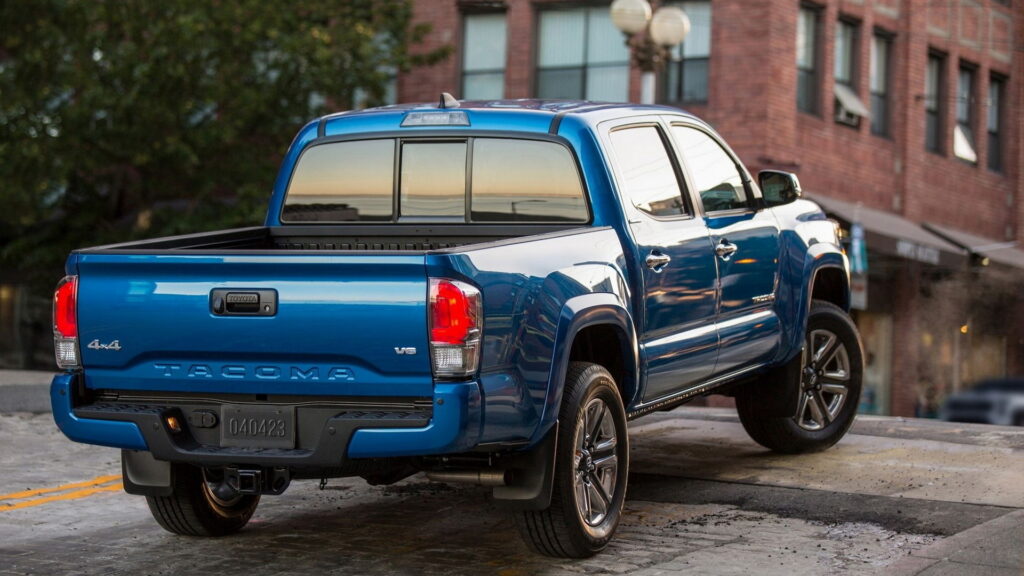
Ranking of Trucks by 5-Year Depreciation
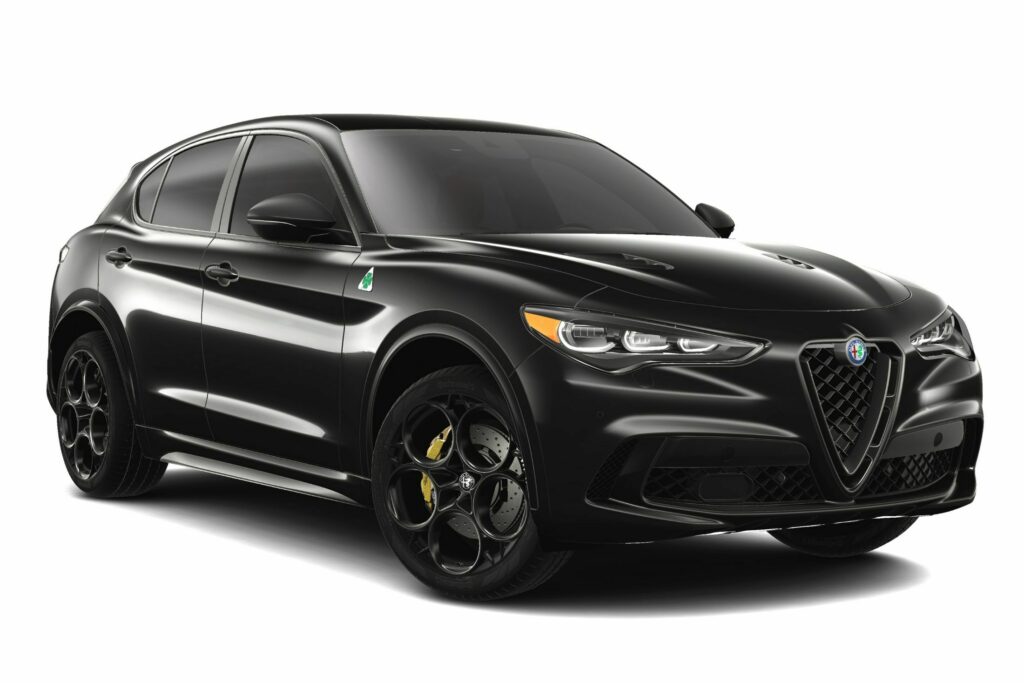
Top 5 Small SUVs With the Highest 5-Year Depreciation
Top 5 Small SUVs With the Lowest 5-Year Depreciation
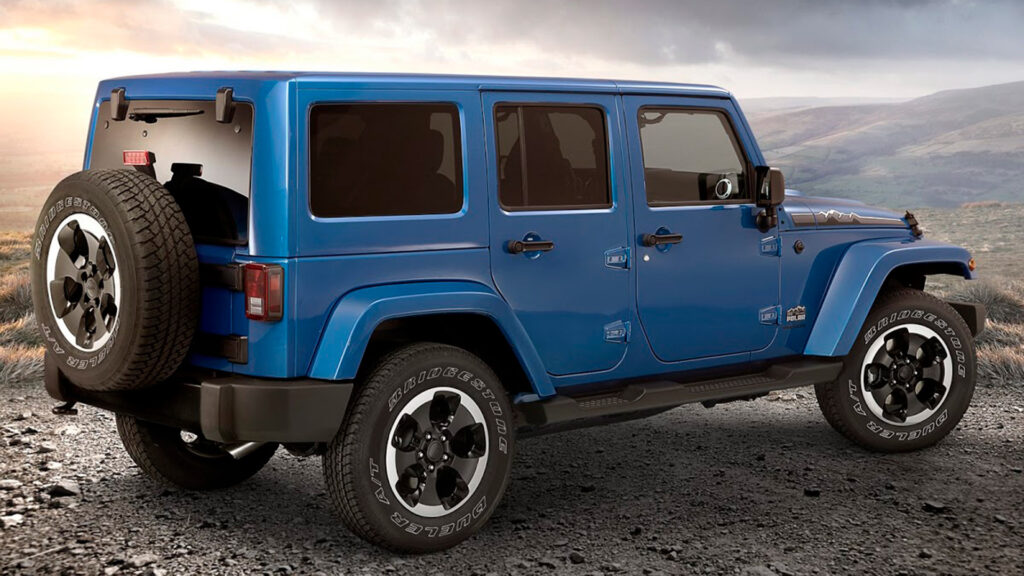
Top 5 Midsize SUVs With the Lowest 5-Year Depreciation
Top 5 Midsize SUVs With the Highest 5-Year Depreciation

Top 5 Full-Size SUVs With the Lowest 5-Year Depreciation
Top 5 Full-Size SUVs With the Highest 5-Year Depreciation




